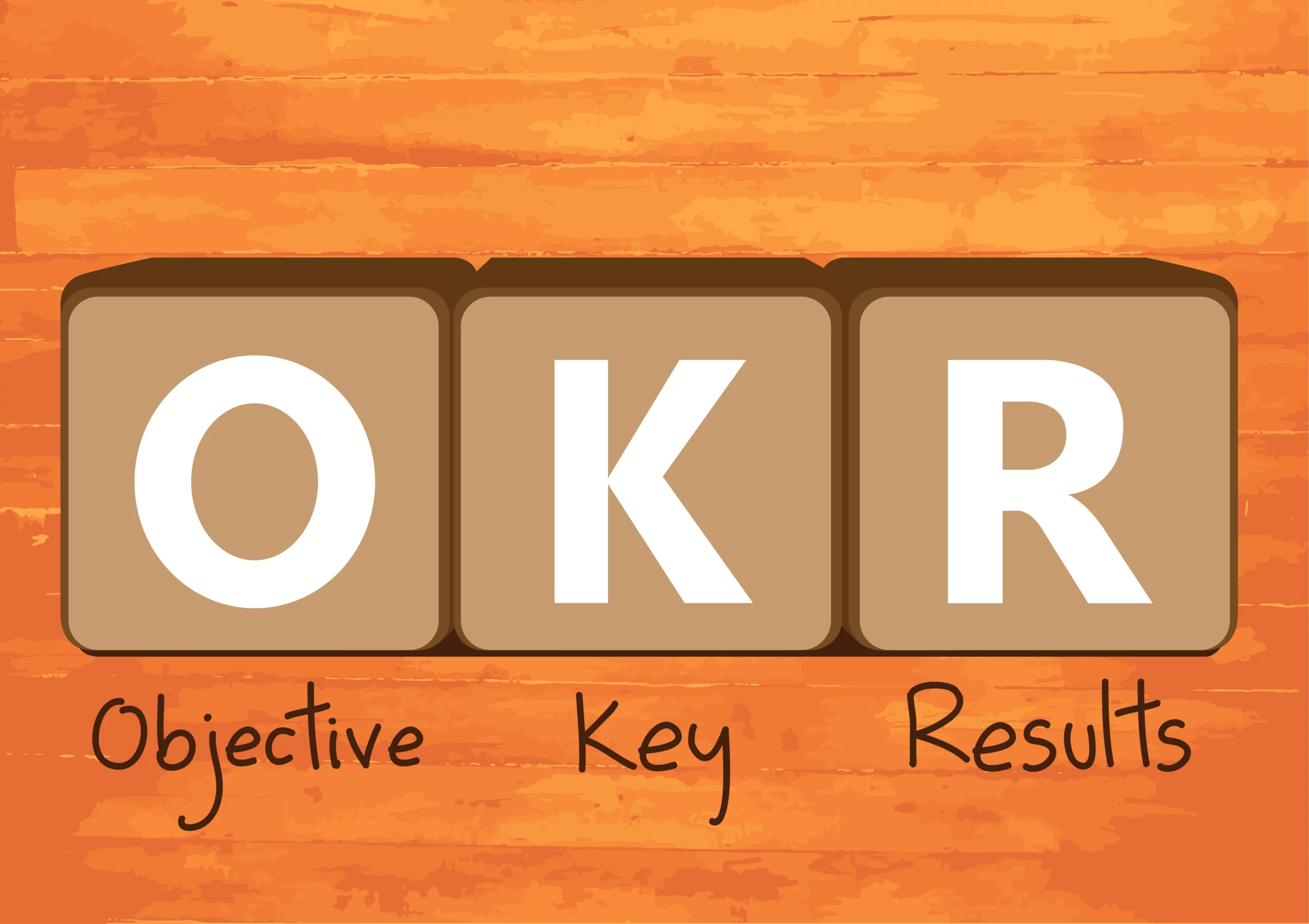The ever-changing list of priorities and synchronizing with company goals.
These are some of the biggest challenges for any Agile software development team.
In this article, we’ll introduce you to a framework called “Objectives and Key Results,” also known as OKRs. And how they align teams through Qualitative and Quantitative goals.
Combining the practice of Agile Software Development with Objectives and Key Results is the next evolution of project management. It addresses the core struggle of maintaining the right balance between flexibility and focus.
For those that are unfamiliar, the OKR framework was created to help organizations set clear, measurable goals and track their progress toward achieving them. It was developed in the 1970s by Andrew S. Grove, the co-founder and former CEO of Intel, and later popularized by John Doerr, a venture capitalist and author of the book “Measure What Matters.”
First, let’s talk about Objectives.
An objective in OKRs is a high-level, qualitative statement that defines the desired outcome or goal that a team or business aims to achieve within a specific time frame. Objectives serve as a guiding force and provide direction, ensuring everyone is aligned and working towards a shared purpose.
Next are the Key Results. Key Results are the quantitative, measurable outcomes that indicate progress toward the objectives. Key Results should be specific, time-bound, and achievable, allowing teams to track their performance and make necessary adjustments throughout the OKR cycle.
Now let’s take these concepts and plug them into Agile Software Development.
Agile Software Development and Objectives.
As you all know, a Vision is essential to any Agile project. A well-defined Vision offers numerous benefits for Agile projects, from a clear sense of direction, purpose, and alignment to stakeholder communication.
A Vision is your long-term goal. Think of Objectives as the tool that breaks down your Vision into agile measurable steps. They identify the key themes and focus areas of your Vision. They are infinitely flexible and can be anything from customer satisfaction, innovation, efficiency, or a proof of concept.
Objectives help by providing focus on the goal; with a clear goal in place. Agile teams can then hyper-focus their efforts on said goal. That focus encourages ownership through a sense of shared responsibility among team members. Everyone knows what is expected of them, which promotes accountability and ownership of their work.
Most importantly they setup Agile teams for success by setting ambitious yet achievable goals making Stakeholders happy. These goals as defined by Stakeholders help maintain motivation, fosters a sense of purpose, and encourages team members to push their boundaries to achieve exceptional results.
Key Results and Agile Software Development.
Agile methodologies emphasize flexibility, adaptability, and iterative progress, making it easy for teams to lose sight of their goals and priorities without proper structure. Key Results provides a set of quantifiable outcomes that give your team clear goals and structure.
They empower Agile teams to make real-time decisions by providing measurable outcomes that indicate progress toward Company-Driven Objectives. These quantifiable indicators give Agile Development teams the data they need to maintain flexibility and adaptability while staying focused on achieving their goals.
Agile teams work in iterative cycles, and Key Results provides valuable feedback at each stage. Think of it as a built-in retrospective where the team can measure its success against quantitative results. Depending on the outcomes, they can refine their strategies or processes as needed, which ensures continuous improvement.
Another benefit of Key Results is that it helps stakeholders with their anxiety.
Transparency issues often arise in Agile projects when stakeholders feel excluded from decision-making. Key results promote transparency and alignment with stakeholders by making progress visible and measurable. No more pinging a PM to help misinform or misword results. Instead, stakeholders can now look at their OKR boards!
Overall, OKRs provide a shared language and framework for different teams within an organization, ensuring that everyone is working towards common goals. This cross-functional alignment helps improve collaboration and reduces the risk of siloed efforts.
Using OKRs with Agile methodologies can significantly enhance the effectiveness of your software development teams. We have seen their power from a first-person perspective, especially when managing feature requests. They provide the much-needed framework to overcome challenges related to prioritizing, maintaining focus, and balancing flexibility.
OKRs provide a structured framework for making data-driven decisions. Aligning the team’s efforts by setting clear goals, establishing measurable key results, and promoting regular progress reviews.
Embedding OKRs within Agile finally gives you the full suite of tools to fulfill the promise of self managed teams while ensuring better outcomes and greater satisfaction for the customer, organization and the team.
The promise of better outcomes and greater satisfaction for the customer, team and the organization.





